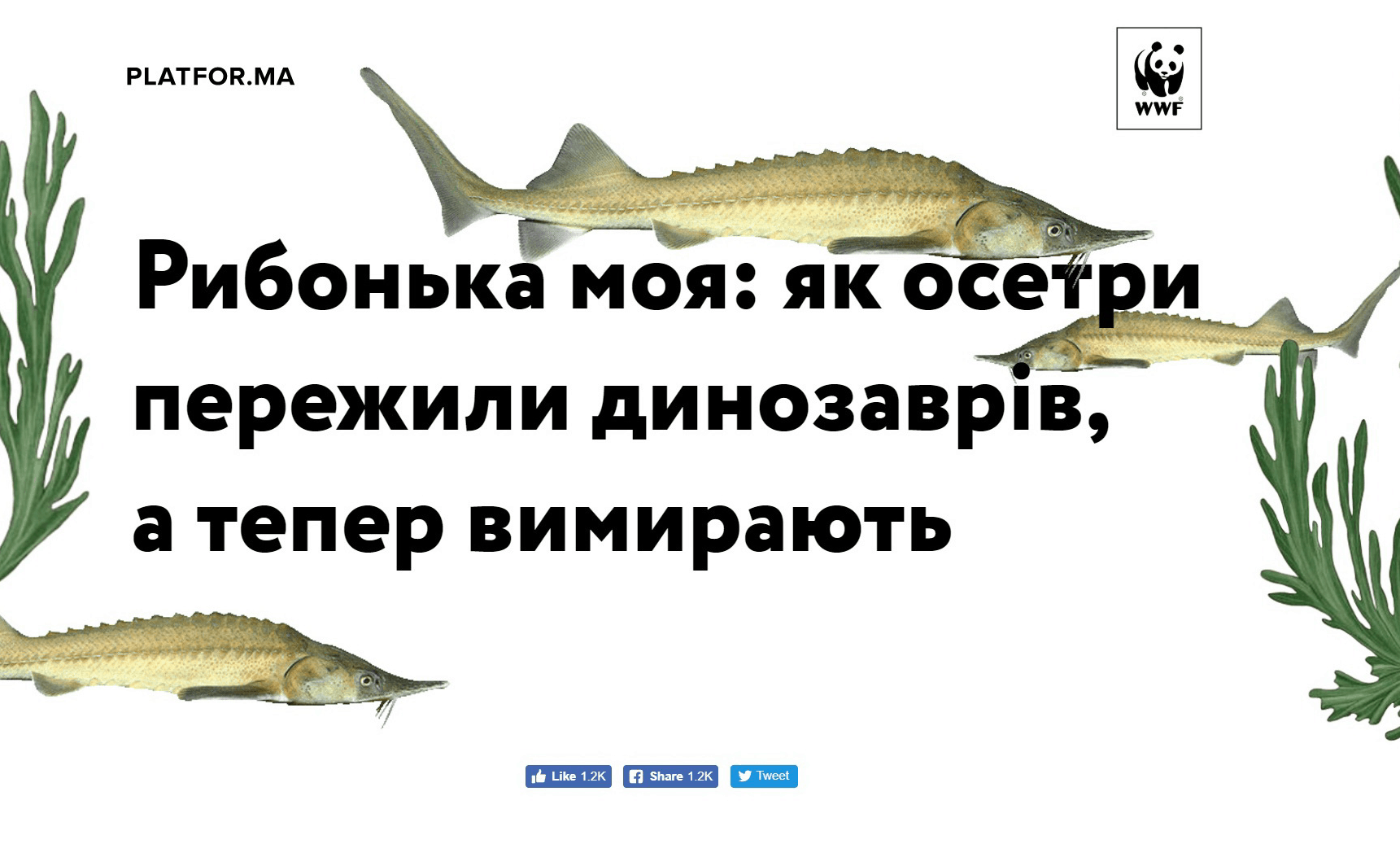
Tabloid and broadsheet newspapers are increasingly using the same language, according to new research
A study of tabloid and ‘quality’ British newspapers has shown that the language and values of each are increasingly resembling one another. ‘Qualities’ are adopting the language once distinctive of tabloids, whilst tabloid titles themselves are taking on language once characteristic of their broadsheet counterparts. In particular, both types are increasing their use of quoted speech.
This study, Tabloidization or Dual Convergence, is, to the best of the author’s knowledge, the first to connect an analysis of a large amount of newspaper text with a range of journalistic values. Four newspapers, published over a forty-year period, were examined. The study’s aim was to substantiate claims regarding putative shifts in journalistic values.
Tabloidization is a phenomenon that has been both criticised and celebrated, yet is often addressed on the basis of intuition rather than empirical data. Its significance is derived from the oft-cited democratic function of journalism, whereby newspapers are believed to have a responsibility to inform and engage citizens so that they are equipped to participate in democratic processes. Thus, shifts in journalistic values can be seen as potentially having a fundamental impact on democratic societies.
The study subjects nearly 500 articles from both types of newspapers (tabloid and ‘quality’) to systematic linguistic analysis, treating certain parts of speech as indices of either tabloid or ‘quality’ values respectively.
Tabloidization is often equated with increasing sensationalism and personalisation in the ‘quality’ press. However, the study’s findings depict it as part of a process of dual- convergence, in which the language and corresponding values of both increasingly resemble one another, as each takes on the characteristics once distinctive of its counterpart.
For example, the following extract from a 2010 article published in The Times shows the proliferation of personal pronouns, private verbs, and shorter sentences once distinctive of the tabloid titles, “I could see the pain in his eyes. He said he did not know. He said the priest had betrayed his vows before God. We still want justice…” (Owen, Richard and Sammut, Austin. 2010. “Pope Weeps as He Meets Abuse Victims for the First Time.” The Times, April 19.)
Quoted speech was selected as the focus of the study’s analysis. In pilot study findings, quoted discourse was shown to have increased substantially over time and has thus become an integral component of newspaper language. With regard to the democratic function of papers, quoted speech is known for its ability to convey (if only ostensibly) facts and to represent the views of those quoted, and is therefore an important way of informing and engaging members of the public.
The dual-convergence seen in quoted speech suggests that each publication type has more and more quotes from individuals or groups initially quoted most heavily by the other type of paper. Accordingly, it is likely that ‘quality’ newspapers are quoting a greater number of ordinary citizens, whilst tabloids increasingly quote official and governmental sources. This bi-directional shift can be said to connote a merging of demographics previously segregated in the traditional news media hierarchy.
Pic credit: EJO
Tags: academic research, dual convergence, language, Media Tabloidization, Oxford University, public sphere, Research, tabloid newspapers, tabloidization













































